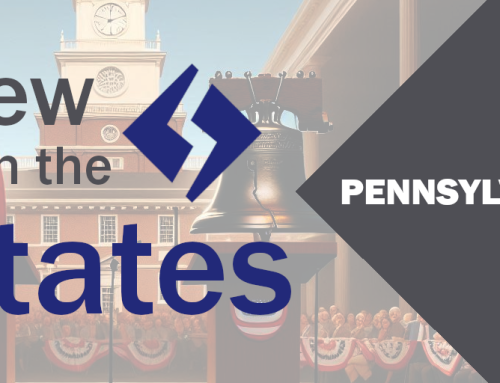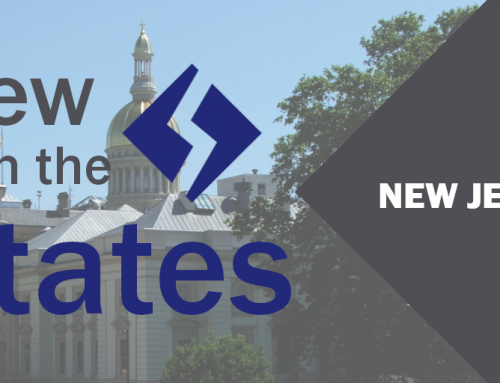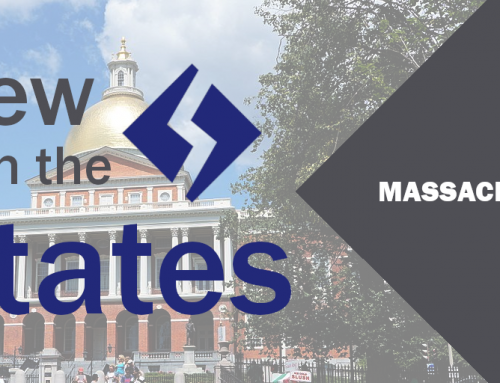Tapping into the expertise and perspective of Highland’s network of over 500 bipartisan, in-state operatives, “View from the States” offers you periodic insights into important local trends often overlooked by Inside-the-Beltway “conventional wisdom.”
In this edition, we examine Texas’s response to the COVID-19 pandemic and the ramifications on this year’s elections and the major political issues within the state going forward. (For more, check out our dive into California’s response.)
Going County-by-County
Instead of issuing a statewide shutdown mandate, Governor Greg Abbott gave discretion to local and municipal governments on COVID-19 actions.
As a result of this “wait and see” approach, Texas has taken the brunt of some withering criticism, mainly from Democrats, who accuse the state government of not taking the virus seriously enough. Highland’s in-state operatives say the situation is more nuanced than it appears because of density.
In-state sources point to the population diversity of Texas counties, some of which include only a few hundred people. Even the largest cities in the state don’t have the same density as New York or even Los Angeles. Because of this stark difference and distance between population centers, Highland’s sources say that Gov. Abbot’s decision to let counties decide COVID-19 measures has been generally well-received. Texas counties have taken differing responses but have generally kept restrictions halfway between California’s rigidity and Florida’s anything-goes policy.
Testing remains low in Texas given the state’s population, with around 200,000 tests conducted in a population of 29 million. But unlike other places with low testing numbers, Highland’s sources tell us the problem isn’t the availability of tests but the availability of patients. Many Texans fear that they either aren’t eligible for testing or that they’ll receive a surprise medical bill in the mail.
Dallas Plays Defense
Our in-state operatives point to Dallas County as one of the strictest municipalities for COVID-19 restrictions. This has placed the county in a pre-emption battle with Gov. Abbott, who is pushing to open up the state. Dallas County is likely to win that fight and will keep its shelter-in-place order, according to our sources.
COVID-19 spreads, Black Gold Comes Crashing Down
Like many states throughout the country, the COVID-19 has put Texas’s legislative agenda into a tailspin. Currently, the Texas legislature is not going back into session until January, and Highland’s sources don’t see a special session reconvening anytime soon.
The recent oil crash will also play a factor in future policy initiatives. The funds raised from the state’s oil tax go towards education, infrastructure, and the state’s rainy day fund. If the market collapses, Texas could have a budget crisis.
Race to D.C.
Highland’s on-the-ground sources tell us to expect Republican Senator John Cornyn. to win his primary, even if it requires a runoff. (Recent polling had Sen. Cornyn at 49%.)
A pair of Congressional races, though, may result in Democratic pickups.
GOP incumbent Rep. Will Hurd will not seek reelection, in TX-23, and our operatives speculate that neither Tony Gonzales nor Raul Reyes Jr., the Republicans vying to replace him, will be able to prevent Democrat Gina Ortiz Jones from flipping the district. Jones has raised a significant war chest, claiming over $1 million in fundraising for 2020.
The state’s 24th district is another open race thanks to Rep. Kenny Marchant retiring. In the Democratic primary, Kim Olson owns the financial advantage, outspending her opponent Candace Valenzuela $1.2 million to $647,000. While most of the early polling shows the district staying red through Republican Beth Van Duyne, our operatives think that Olson might go the distance.
How has California’s response to COVID-19 been different? Find out in Highland’s View from the States: California and COVID-19.










